Action Mesothelioma Day 2017
What is Mesothelioma?
The 7th July 2017 is Action Mesothelioma Day 2017, held to raise awareness of the disease and funds for vital research.
What is Mesothelioma? It’s a cancer mostly affecting the lungs, brought on by the inhalation of asbestos fibres. The disease currently has no cure.
In the chest, there are two layers of cells; one (the outer layer) lines the inside of the rib cage and the other (inner layer) covers the lungs. The space between these two cell layers is the pleural membrane. In this space, there are small amounts of fluid which provides lubrication for the breathing process, it is here that the mesothelioma starts to grow.
As a result, the cells continue to grow and multiply, forming tumours which thicken the pleural membrane. Eventually, this thickening makes breathing difficult as it constricts the lungs.
Symptoms of Mesothelioma
Common symptoms of Mesothelioma include:
- Feeling out of breath
- Chest pain
- Coughing
- Feeling fatigued or tired all the time
- Heavy sweating
- Loss of appetite and weight loss
This does not mean that if you have any of these symptoms the diagnosis will be Mesothelioma, there are other conditions which these symptoms could also be associated with.
The biggest issue for the diagnosis of this disease is that the symptoms only appear many years after the exposure to the asbestos – sometimes decades later.

Manage Construction Site Failures through NEBOSH Construction Training
How are people exposed?
How are people exposed to asbestos? In the UK, the material was historically used as it was cheap, and flexible with excellent insulating properties. It was therefore used throughout workplaces, homes and schools across the country.
Workers handling the materials, installing the asbestos, were typically exposed to the fibres once the asbestos sheets were cut/broken, resulting in the fibres being released into the air for the workers to breathe in. Once entering the lungs, asbestos fibres hook into the lining of the membrane and take root.
People affected by mesothelioma
Specific groups of people affected by mesothelioma include those involved in the asbestos mining process, those producing asbestos products and those installing asbestos materials.
Asbestos was used commercially in the late 19th Century with increased use during World War II. Occupations mostly at risk included ship workers, railway employees, joiners, electricians and plumbers.
The majority of those affected were male due to the employee profiles at the time of exposure. However, there are cases of females suffering from mesothelioma after secondary exposures. Workers would bring home their work clothes which would be washed by their wives.
As the wives handled the contaminated clothing, the asbestos fibres would be disturbed from the clothing and enter their lungs. After this process was repeated every week/month and year their exposure to the asbestos fibres would be increasing and 30-40 years down the line the symptoms would start to show.
How big of a problem is this Mesothelioma disease?
How big of a problem is this disease? The UK is the worst affected country for mesothelioma in the world – having an average of 2,500 people die each year. It is estimated, by the British Lung Foundation, that 20 tradespeople die each week with 1 in 5 work related deaths linked to this disease.
Over the next 30 years it is estimated that 600,000 people will die from Mesothelioma so it is a big problem in the UK alone.
Control of Asbestos Regulations
Asbestos use in the UK has been banned since the 1990’s so no new builds should contain asbestos.
The Control of Asbestos Regulations were introduced in the UK to ensure that those who may be exposed to asbestos are protected. Only specially trained personnel are permitted to handle, remove and dispose of asbestos which can still be found in older buildings.
Mesothelioma research
Mesothelioma research is the lowest funded of all the cancers receiving £480 per death as opposed to £6900 per death for leukaemia. However, there are numerous charities such as The Mesothelioma UK Charitable Trust, organising events across the country to raise funds to research the disease.
The charities fund clinical trials with the goal to lengthen the lives of those affected and to finally find a cure as well as provide specialist nurses to assist those affected by the disease.
For more information on this charity or for information on how you can help please view the link below:
https://www.mesothelioma.uk.com/news-and-events/news-2017/action-mesothelioma-day-2017/
Want to find out more about Asbestos related risks? Check out our previous articles on the subject:
Emma Wiles

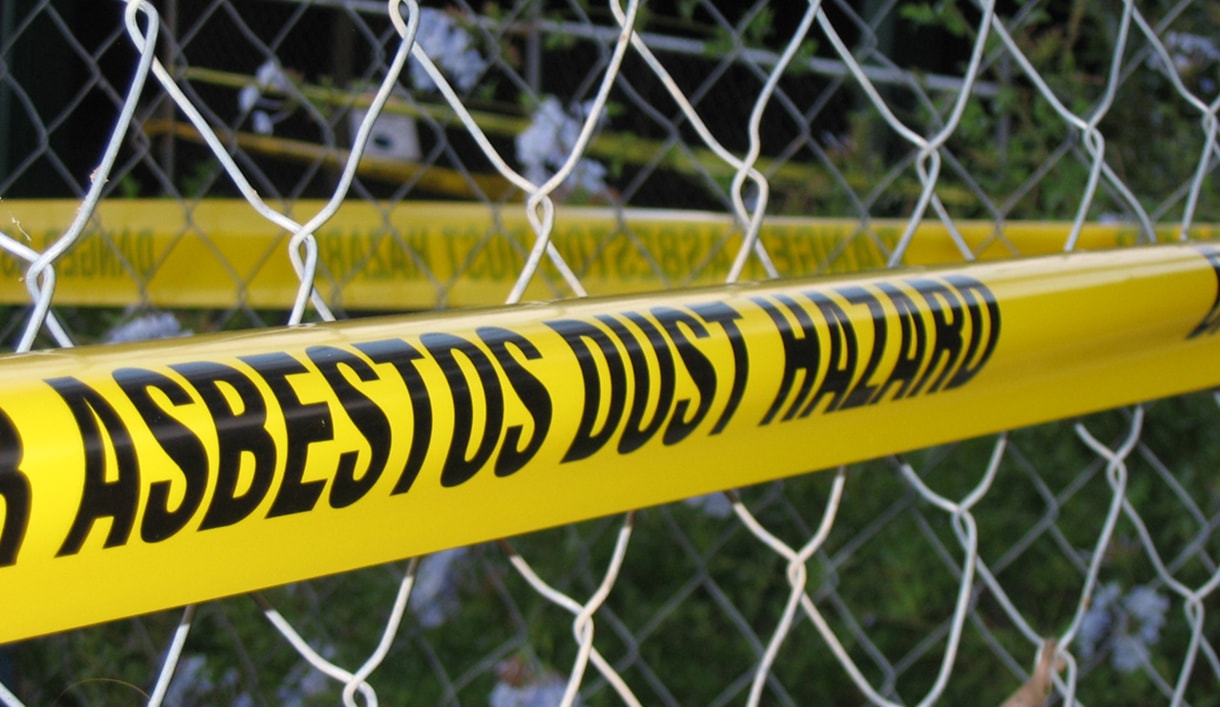

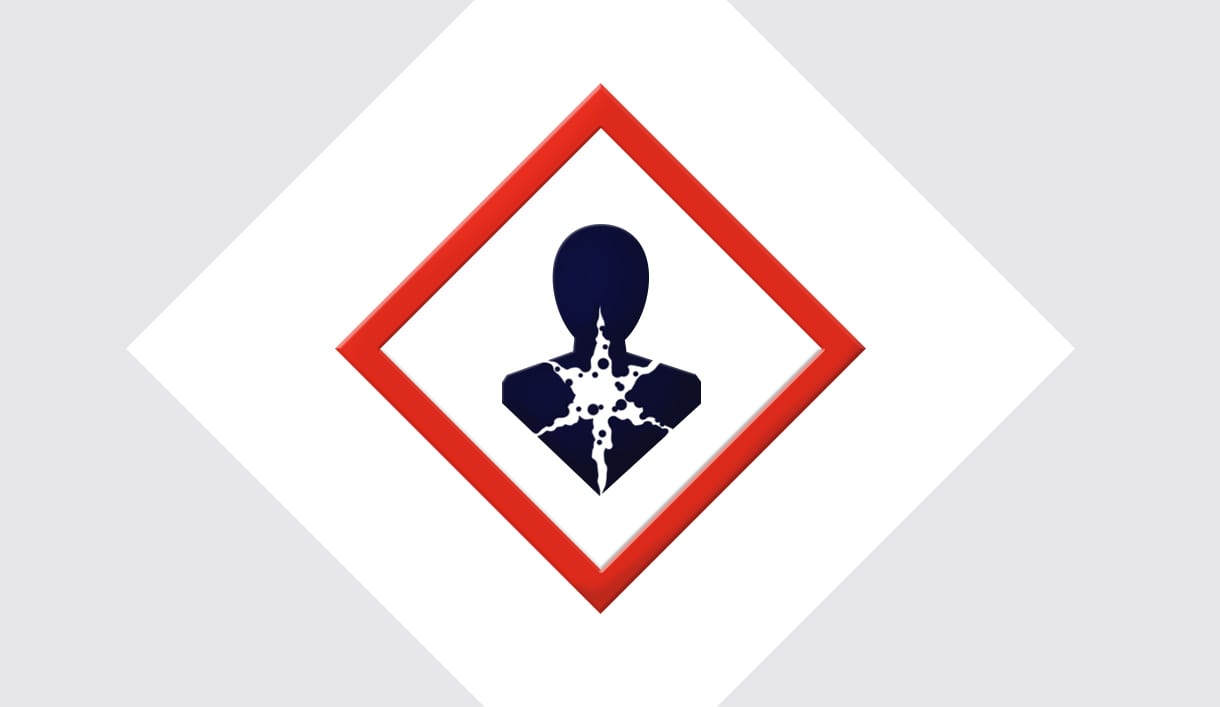
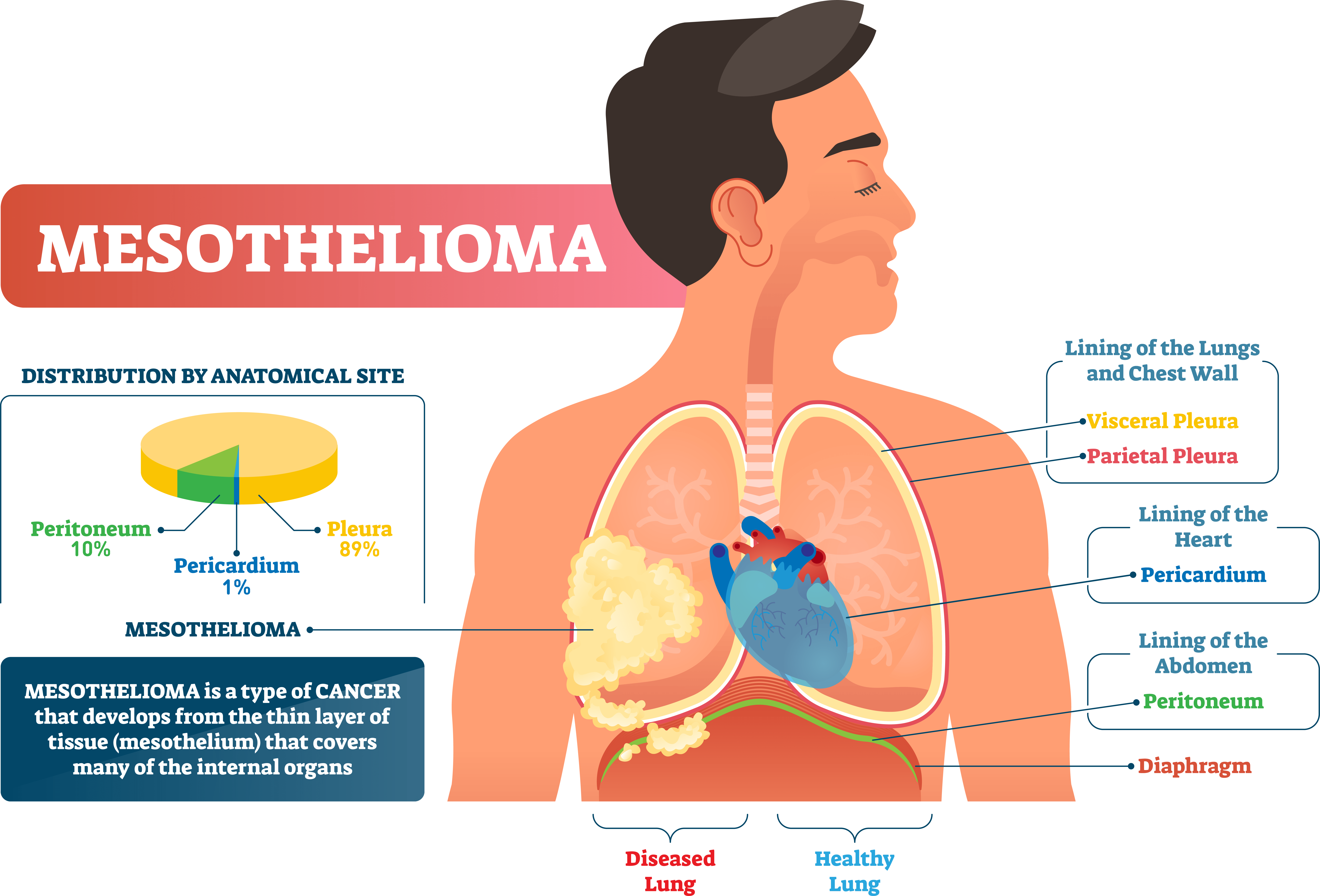
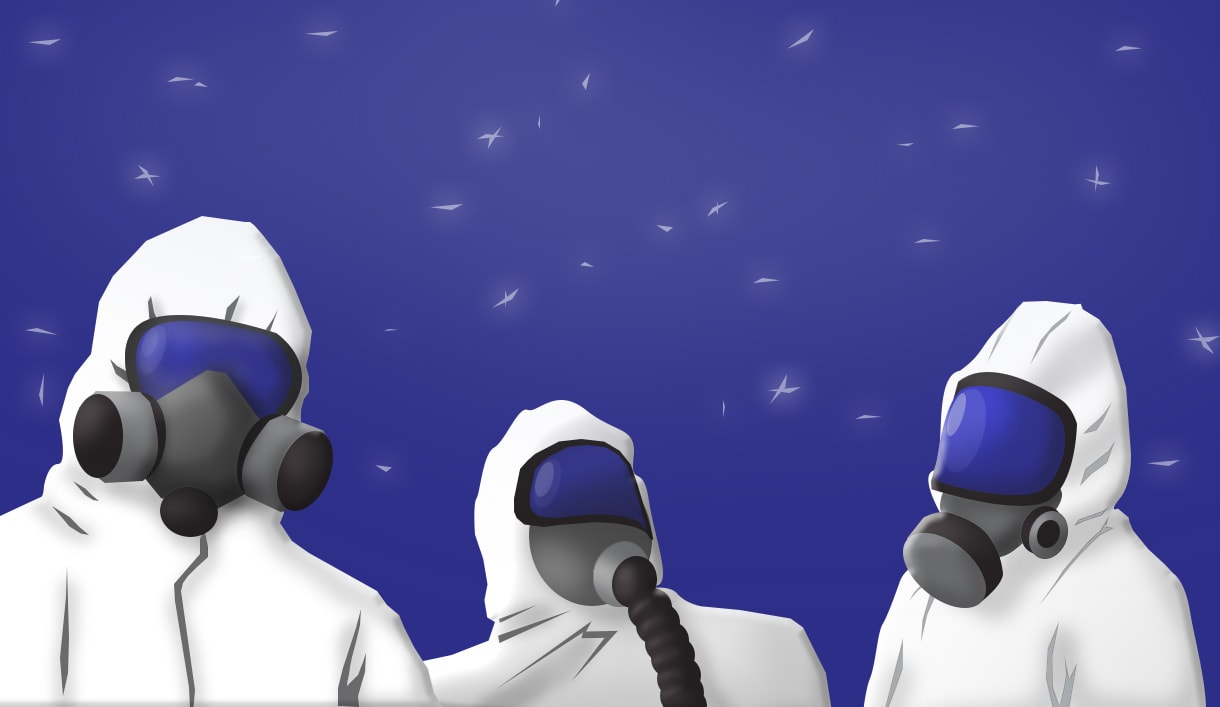
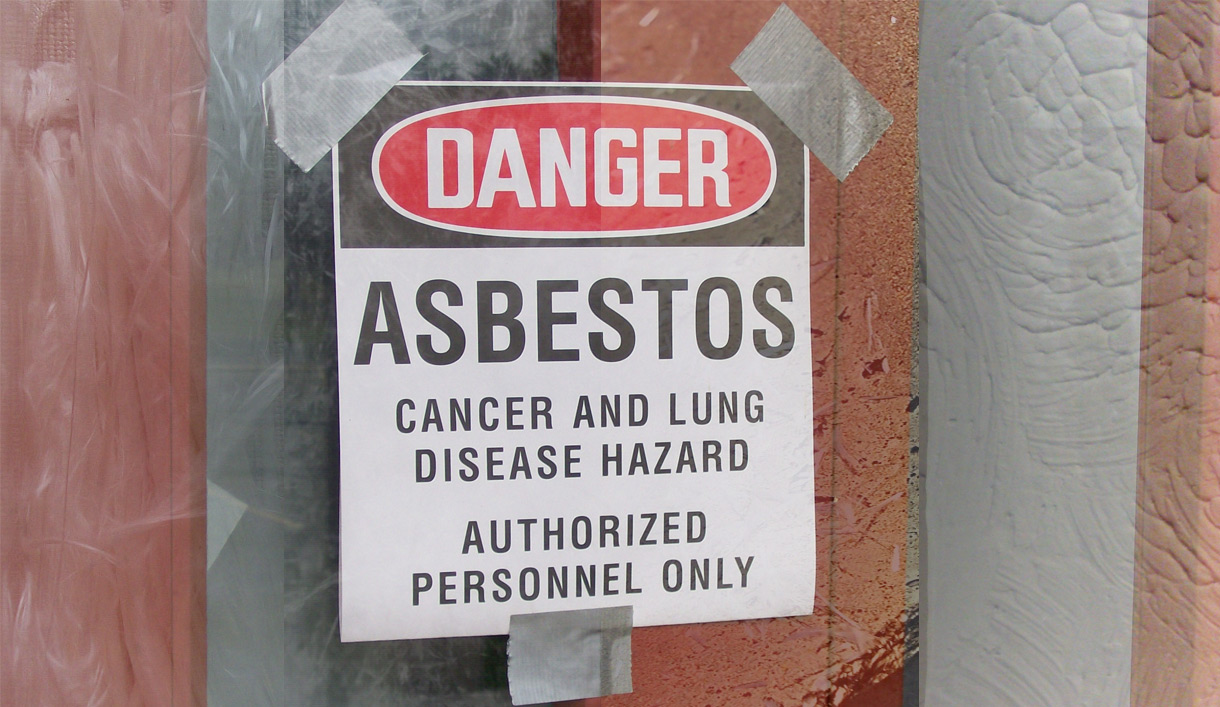
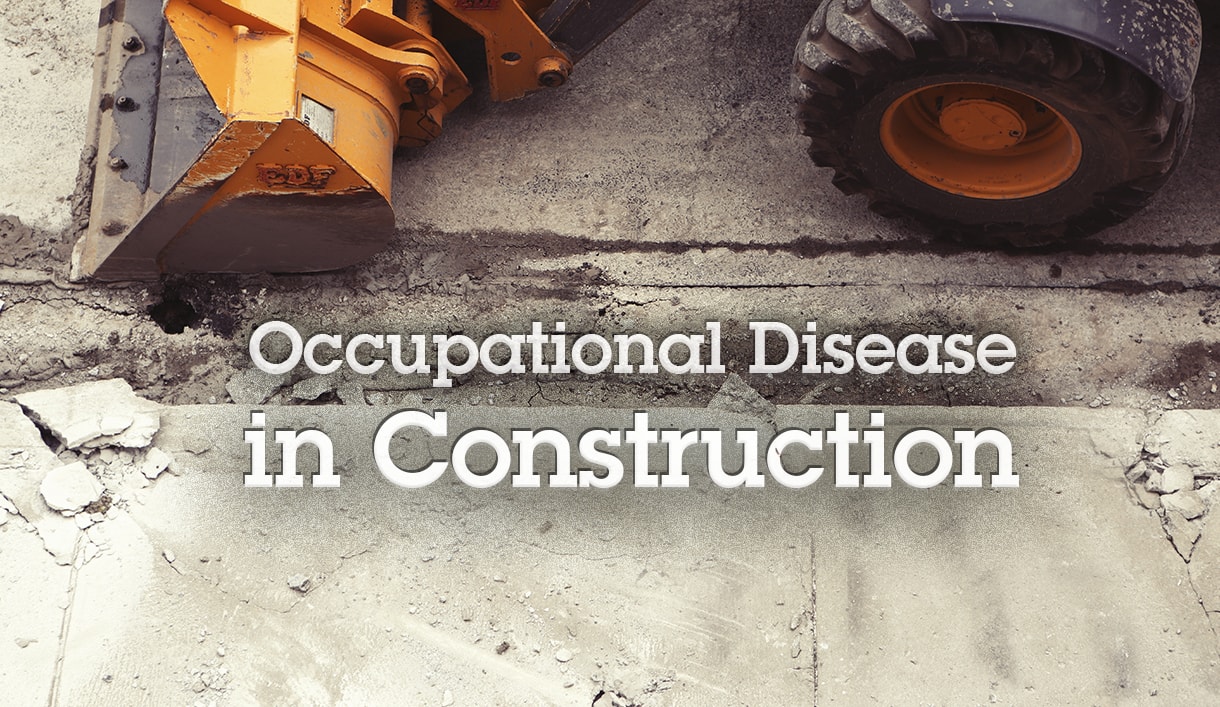
Leave a Reply
Want to join the discussion?Feel free to contribute!